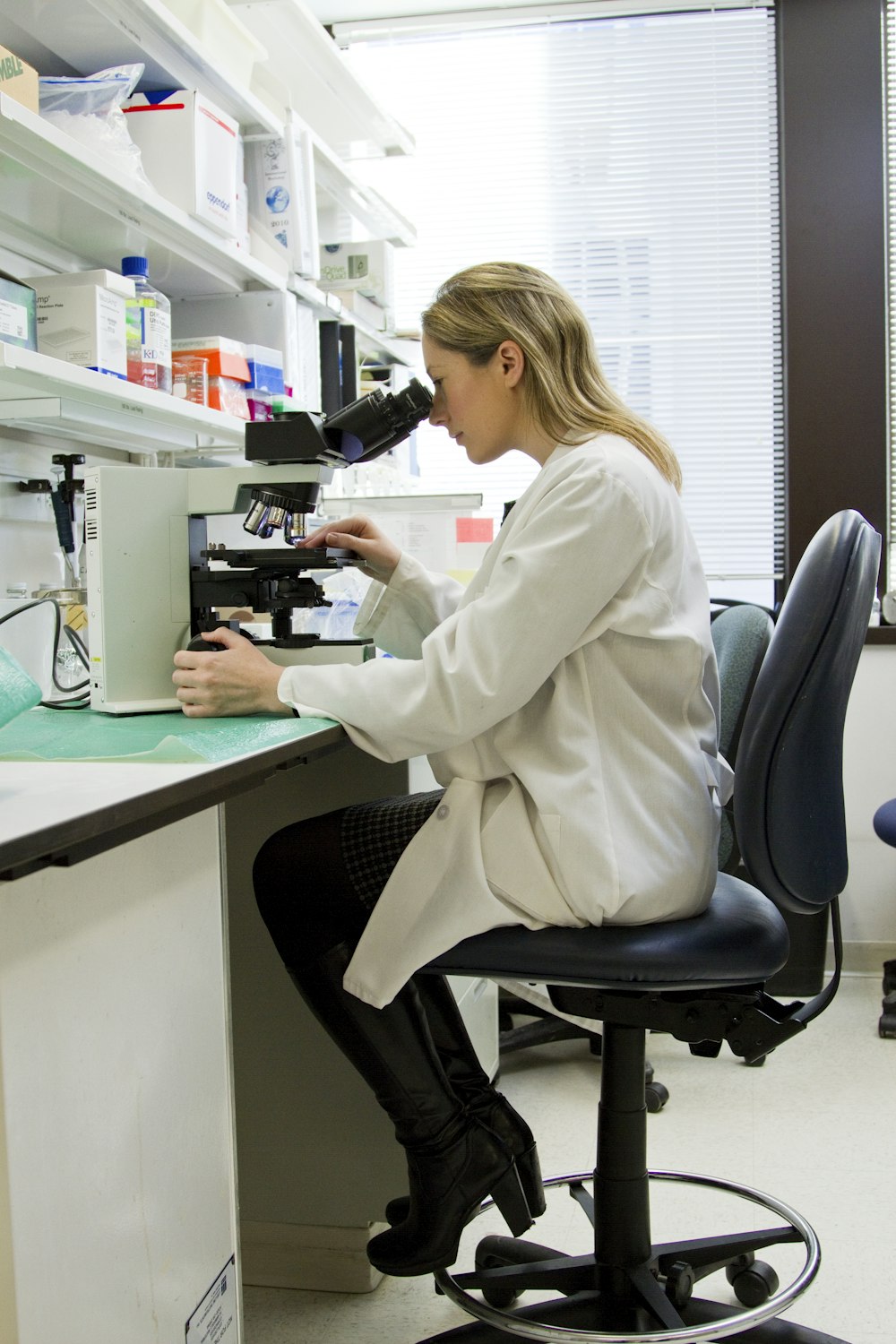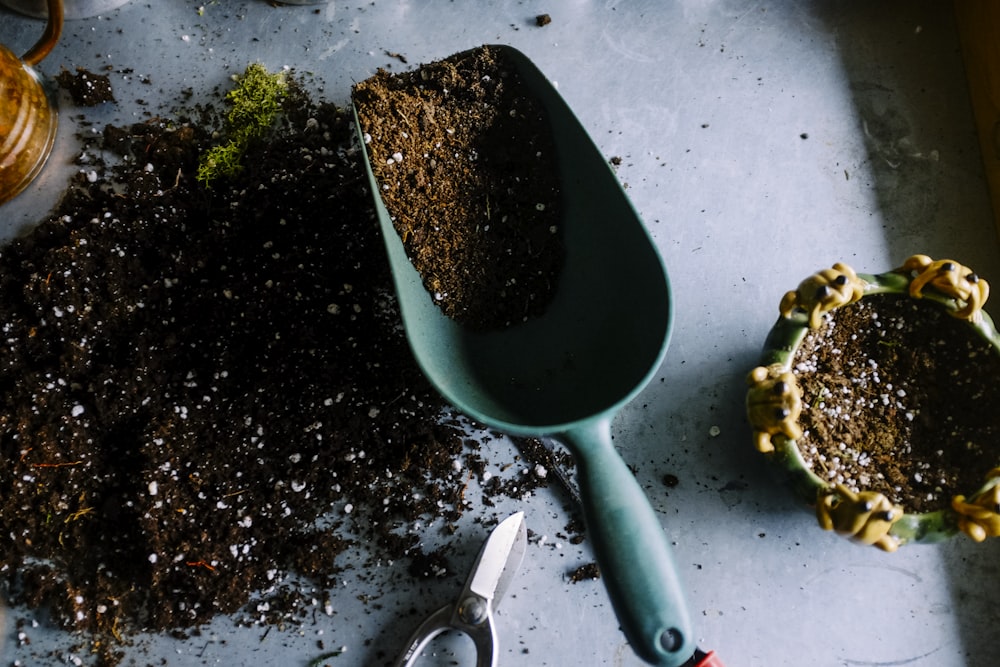Green Warriors: How a Common Garden Plant is Forging Tiny Cancer-Fighting Bullets
In the endless fight against cancer, scientists are turning to an ancient ally: the plant kingdom.
The Big Problem and a Tiny Solution
Breast cancer remains one of the most prevalent cancers worldwide, driving the continuous search for more effective and less toxic treatments. Traditional therapies like chemotherapy, while often life-saving, can be a brutal ordeal for patients, damaging healthy cells and causing severe side effects.
Meanwhile, in the fascinating field of nanotechnology, scientists have discovered that materials at the nanoscale (a nanometer is one-billionth of a meter) behave differently. Zinc Oxide (ZnO), a common, non-toxic compound found in sunscreens and ointments, becomes a potent anticancer agent when shrunk to nanoparticle size. The catch? Conventional chemical methods to create these nanoparticles can be expensive, energy-intensive, and involve toxic solvents.
This is where nature's genius comes in. Researchers are now using plant extracts as green, sustainable factories to synthesize these nanoparticles. One such plant, Tabernaemontana divaricata (also known as the Pinwheel Flower), a common ornamental plant with a rich history in traditional medicine, is showing extraordinary promise in crafting the next generation of anticancer nanoweapons.




The Green Synthesis Revolution: Nature as a Nano-Factory
So, how do you get a plant to build a nanoparticle? The process is as elegant as it is effective. Think of the plant leaf extract as a bustling biochemical laboratory. When zinc salt is added to this extract, three key types of natural compounds spring into action.
Reducing Agents
Molecules like flavonoids and alkaloids in the leaf donate electrons to the zinc ions, converting them from their dissolved ionic form into solid zinc atoms.
Capping Agents
Compounds like proteins and terpenoids then surround these newly formed zinc clusters, preventing them from clumping together into a useless mass.
Shape-Directors
These same biomolecules can influence the final shape and size of the nanoparticles, which is crucial for their biological activity.
This one-pot, eco-friendly method bypasses the need for high temperatures, pressure, or dangerous chemicals. The result is biogenic Zinc Oxide Nanoparticles (ZnO NPs)—specially crafted by nature's own toolkit.
The Synthesis Process
Preparation of Leaf Extract
Fresh Tabernaemontana divaricata leaves are washed, dried, and ground. The powder is boiled in distilled water to create a rich, bioactive extract, which is then filtered.
Synthesis of ZnO Nanoparticles
A solution of Zinc Nitrate is mixed with the leaf extract and stirred continuously. The color change of the solution from pale yellow to a creamy white precipitate is the first visual cue that nanoparticles have formed.
Purification and Characterization
The precipitate is collected, washed, and dried into a fine powder. Advanced techniques like electron microscopy confirm the nanoparticles' size and spherical shape, while X-ray analysis verifies their chemical composition as Zinc Oxide.
A Deep Dive: Testing the Green Nanoparticles Against Breast Cancer
To prove the anticancer potential of these plant-forged nanoparticles, a crucial experiment was conducted on MCF-7 breast cancer cells. Let's walk through how this landmark study unfolded.
The Experimental Mission
To synthesize ZnO NPs using Tabernaemontana divaricata leaf extract and evaluate their ability to inhibit the growth and induce death in MCF-7 breast cancer cells.
Cell Line Used
MCF-7: A widely used human breast cancer cell line that allows researchers to test anticancer efficacy in a controlled lab setting.
Key Research Materials
| Item | Function in the Experiment |
|---|---|
| Tabernaemontana divaricata Leaves | The green factory. Provides the phytochemicals (flavonoids, alkaloids) that reduce, cap, and stabilize the nanoparticles. |
| Zinc Nitrate (Zn(NO₃)₂) | The precursor material. It provides the Zinc ions (Zn²⁺) that are transformed into Zinc Oxide nanoparticles. |
| MCF-7 Cell Line | The model "enemy." A widely used human breast cancer cell line that allows researchers to test anticancer efficacy in a controlled lab setting. |
| MTT Reagent | The cell viability sensor. A yellow compound that living cells convert into a purple formazan product; the intensity of the purple color is directly proportional to the number of alive and healthy cells. |
| DMSO (Dimethyl Sulfoxide) | The solvent. Used to dissolve the purple formazan crystals so their color can be measured accurately with a spectrophotometer. |
Results and Analysis: A Resounding Success
The results were striking. The biogenic ZnO NPs demonstrated a powerful, dose-dependent cytotoxic effect on the MCF-7 cancer cells. This means that as the concentration of nanoparticles increased, the survival rate of the cancer cells plummeted.
Crucially, the nanoparticles showed significantly lower toxicity toward the healthy human fibroblast cells. This selective toxicity is the holy grail of cancer therapy—the ability to kill cancer cells while sparing healthy ones.
But how were they killing the cells? Further analysis revealed that the nanoparticles were triggering Apoptosis, or programmed cell death. They achieved this by generating a flood of reactive oxygen species (ROS) inside the cancer cells—essentially causing overwhelming oxidative stress that the cancer cells could not survive.
Anticancer Activity
| Concentration of ZnO NPs (μg/mL) | MCF-7 Cell Viability (%) | Observation |
|---|---|---|
| 0 (Control) | 100% | Healthy cell growth |
| 25 | 78% | Moderate cell death |
| 50 | 45% | Significant cell death |
| 100 | 22% | Extensive cell death |
| 200 | 15% | Severe cytotoxicity |
Selectivity Index
| Cell Line | IC50 Value (μg/mL)* | Interpretation |
|---|---|---|
| MCF-7 (Breast Cancer) | ~55 μg/mL | The concentration required to kill 50% of cancer cells. |
| Human Fibroblast (Healthy) | >200 μg/mL | Much higher concentration needed to harm healthy cells, indicating good selectivity. |
*IC50: The half-maximal inhibitory concentration; a lower value means more potent toxicity.
Key Findings
- Biogenic ZnO NPs show dose-dependent cytotoxicity against MCF-7 breast cancer cells
- Nanoparticles exhibit selective toxicity with minimal effect on healthy cells
- Mechanism of action involves apoptosis induction via ROS generation
- Green synthesis provides an eco-friendly alternative to conventional methods
A Blooming Future for Cancer Therapy
The journey from a garden leaf to a potent anticancer agent is a powerful testament to the potential of green nanotechnology.
The experiment detailed here provides compelling evidence that Tabernaemontana divaricata-synthesized Zinc Oxide nanoparticles are not only feasible to produce but are also highly effective and selective warriors against breast cancer cells in the lab.
Eco-friendly Synthesis
Targeted Therapy
Lab Proven
While this is a preliminary study conducted in vitro (in a petri dish), it opens a vibrant new avenue for research. The next steps will involve testing in animal models and, eventually, clinical trials. The dream is a future where cancer treatments are not only more effective but also kinder to the patient, engineered with the help of nature's own tiny, green factories.